
Refreshing the forecast every day, checking the summit webcam: my pre-ski anguish about whether there’ll be good snow is starting to feel like as much a feature of my skiing holidays as the apres-ski beer.
Now, another resort has closed. Alpe du Grand Serre near Grenoble, France has permanently shut its lifts due to a lack of snow. It’s the largest to do so in the northern Alps... so far.
Climate change is shortening the ski season to a point where it’s not profitable. This generally affects lower altitudes first – not larger, purpose-built resorts, but smaller resorts in villages.
For years, artificial snow has filled in the gaps – in recent years 90 per cent of Italian resorts have required it. But it’s resource intensive, requiring vast amounts of energy and water, which is scarce in some alpine regions. And snow cannons still require sub-zero temperatures to operate.
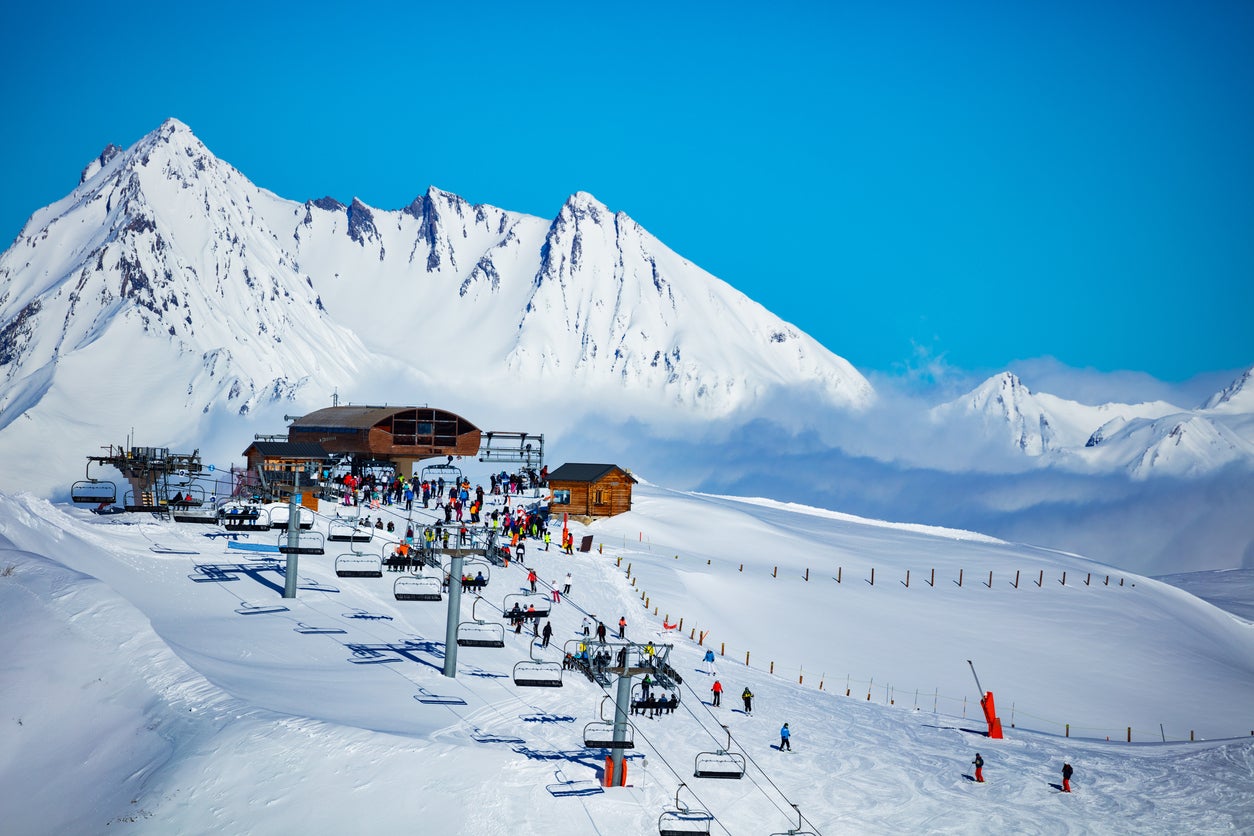
But when the snow goes, the scenery doesn’t. There are plenty of fantastic high-altitude adventures in the Alps that don’t rely on perfect powder. Alpine areas are promoting themselves as year-round destinations; don’t abandon the salopettes just yet.
“Have a flexible attitude and be open to activities that might not involve snow.” Sally Guillaume, owner and director of Undiscovered Mountains in the southern French Alps, has been operating multi-activity winter holidays in the region for almost two decades. Deliberately eschewing the traditional ski holiday in favour of more sustainable pursuits, their trips can include activities as diverse as ice climbing, husky sledging, mountaineering and snowshoeing. “If the snow isn’t great, then snowshoeing turns into winter walking,” she says.
Read more: Less partying, more skiing – how to have a ‘grown-up’ ski season in your 40s
“It’s about mindset,” says Xania Wear. She and her husband Craig run relaxing, active trips from a base on the edge of Hohe Tauern National Park in east Tyrol, Austria with her company WearActive. “Approach the mountains as a local person would. Each day and each activity should be embraced according to the conditions.” This means low-altitude treks on cloudy days and climbing higher when it’s clear. They always ask their guests to bring hiking boots. “Small companies, with small group sizes, have the chance to evolve with the conditions of the week,” she says.
Downhill skiing is a relatively new leisure phenomenon in the Alps, as is the idea that your winter week in the Alps should be spent trying to squeeze all the value you can out of an expensive lift pass. Here’s what you could try instead...
Fat biking, mountain biking and going electric
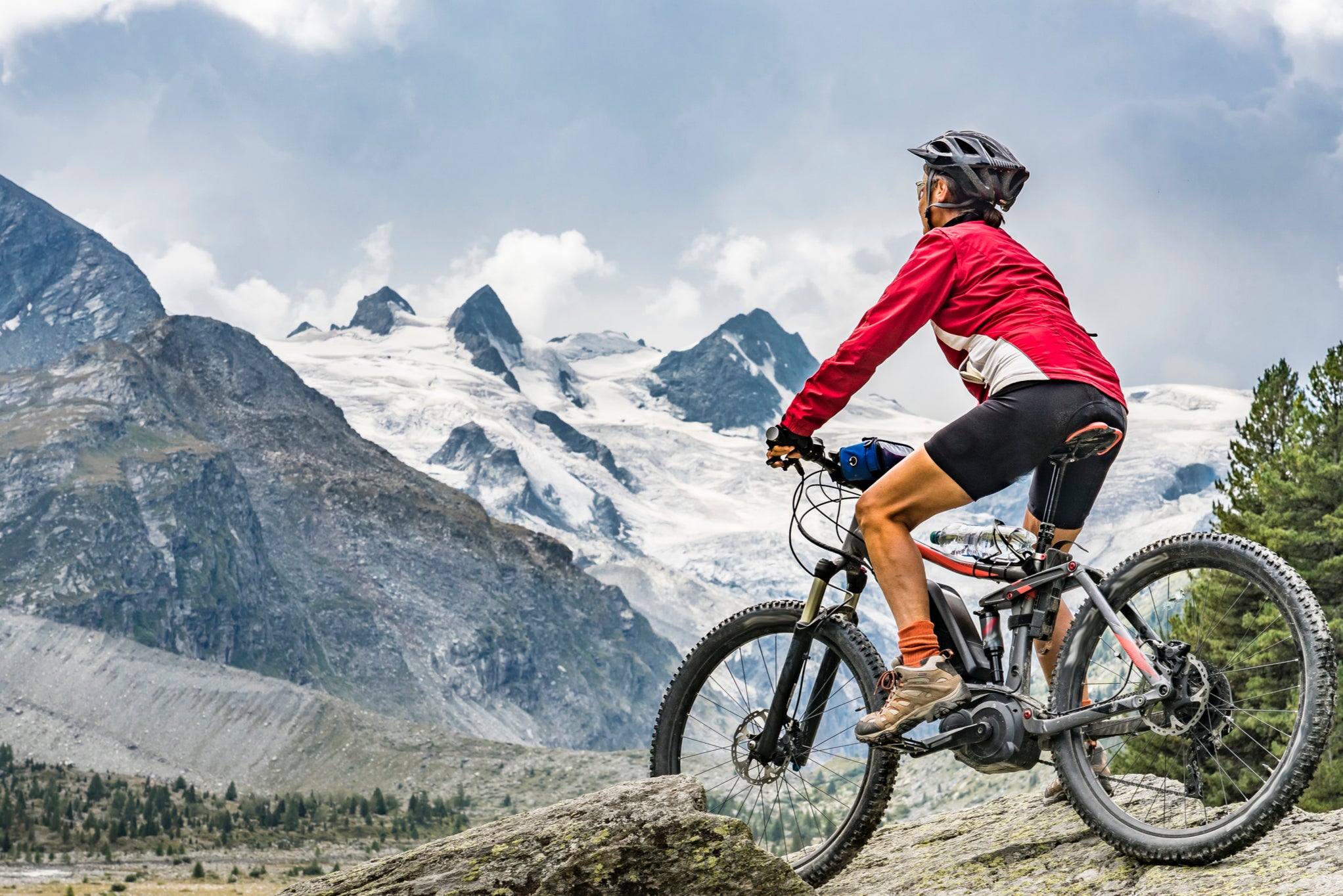
I’m a keen skier, but I’ve become increasingly into mountain biking for the same adrenaline rush, especially if electric assistance can help with the hills. It’s a year-round sport. Some resorts have gondolas adapted to carry mountain bikes, and take plenty up in the summer. Others, including those in the sustainably minded south Tyrol, are full of e-bike charging stations. In thick snow, mountain bikes might be replaced with fat bikes – which employ enormous, soft tyres to tackle snow and mud.
Read more: The best ski resorts in Italy
Snowshoeing and full-moon hiking
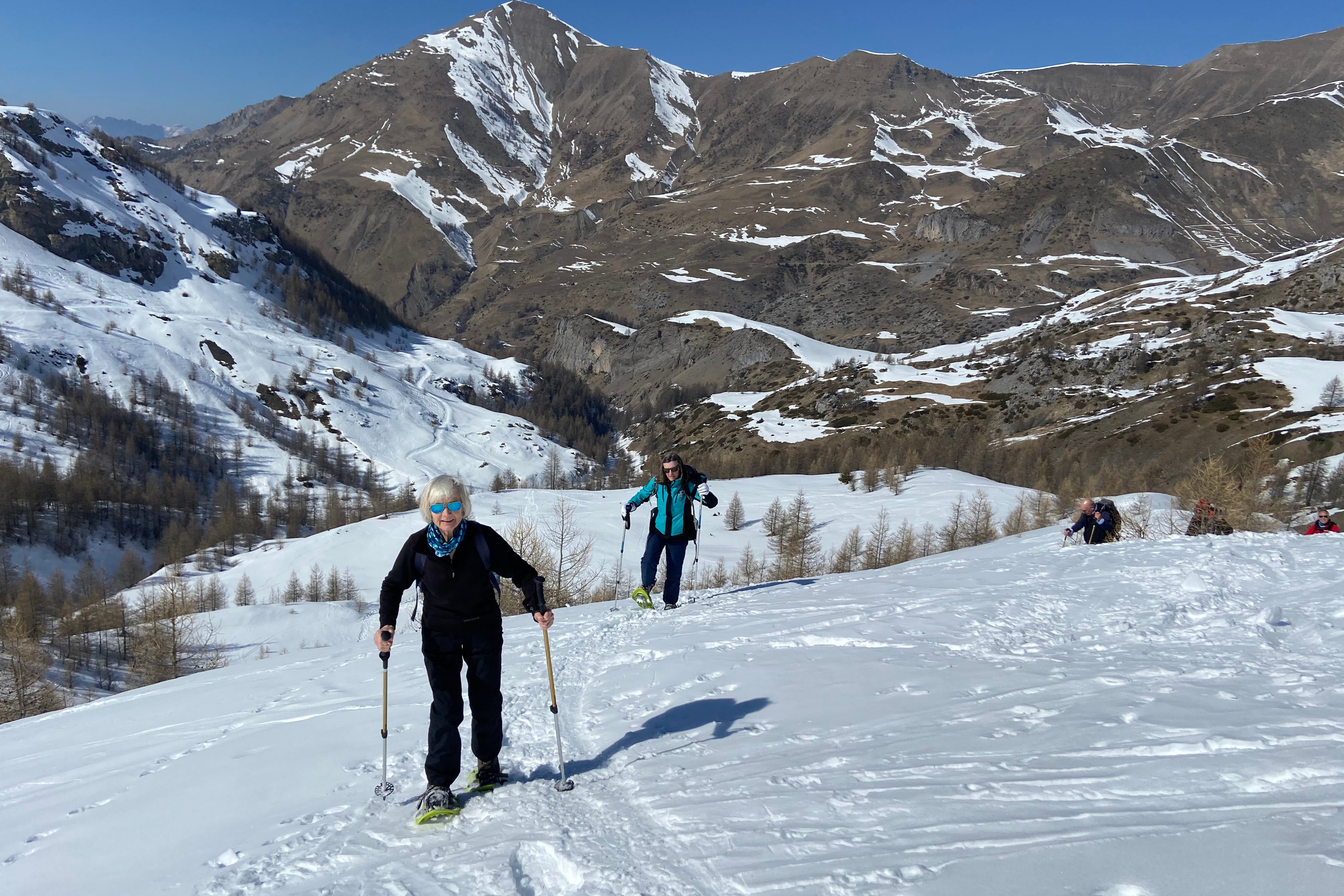
Snowshoeing is inherently more flexible than skiing, and it starts with your shoes – no stiff ski boots here, you’ll use your regular hiking boots, with snowshoes added as you reach the snowline. You can even go after dark: rangers in Hohe Tauern national park offer full-moon guided hikes. Winter hiking is less tiring than snowshoeing. While snow levels prohibit famous alpine walks like the Tour du Mont Blanc, there are increasingly snow-free trails.
Cold water, forest bathing and yoga
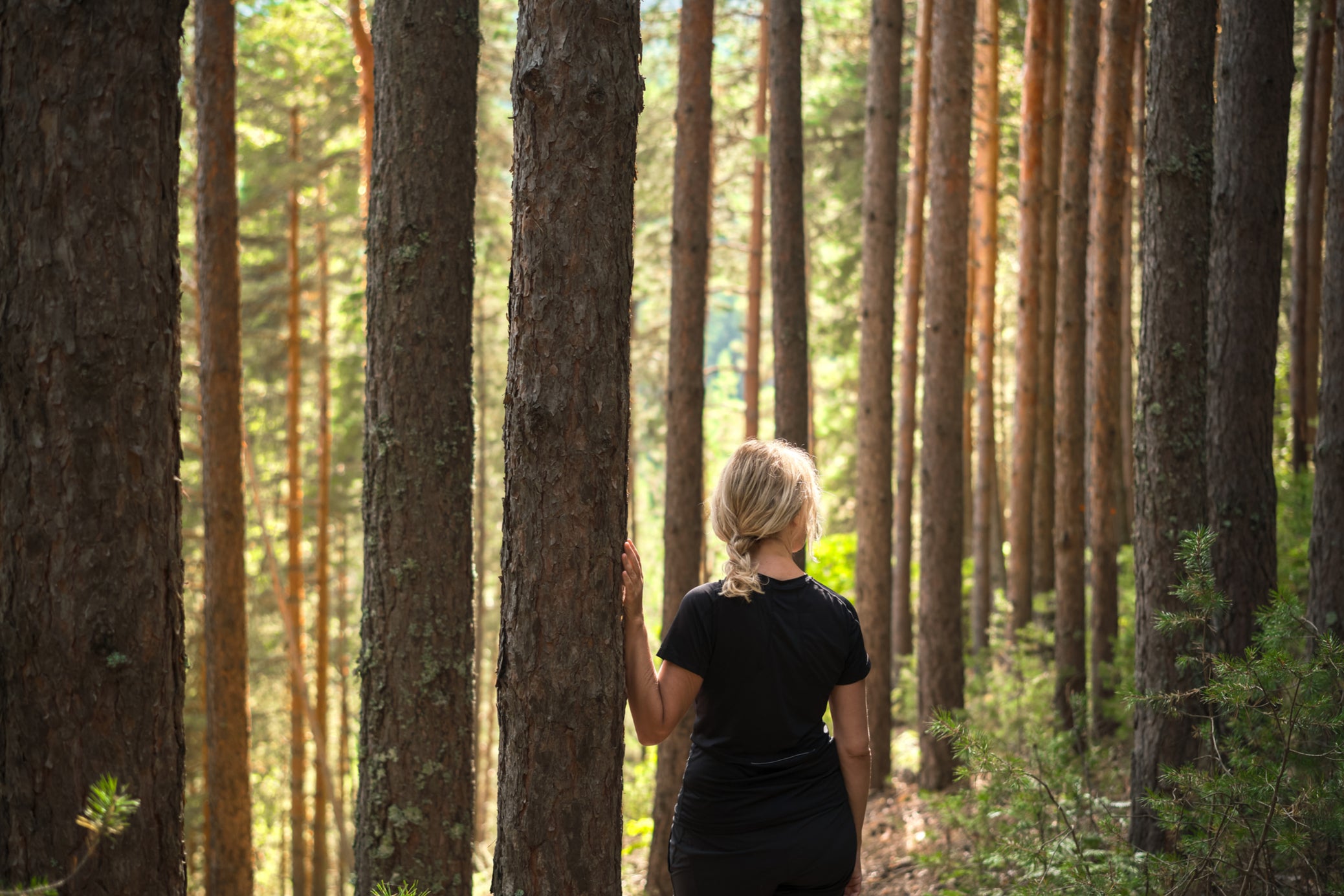
From hay bathing to thermal waters, the Alps’ association with wellness long predates downhill skiing. Winter wellness forays go further than judicious use of the apres-ski hot tub: there are outdoor cold-water plunges in icy lakes, and ice floating – which involves donning a drysuit to relax in an icy lake. Forest bathing in winter is especially attractive, especially if you’re watching steam curl from a cup of pine needle tea. WearActive conducts daily yoga alongside its winter activity programme.
Read more: The ski town where you don’t need to ski
Ice climbing and a winter via ferrata
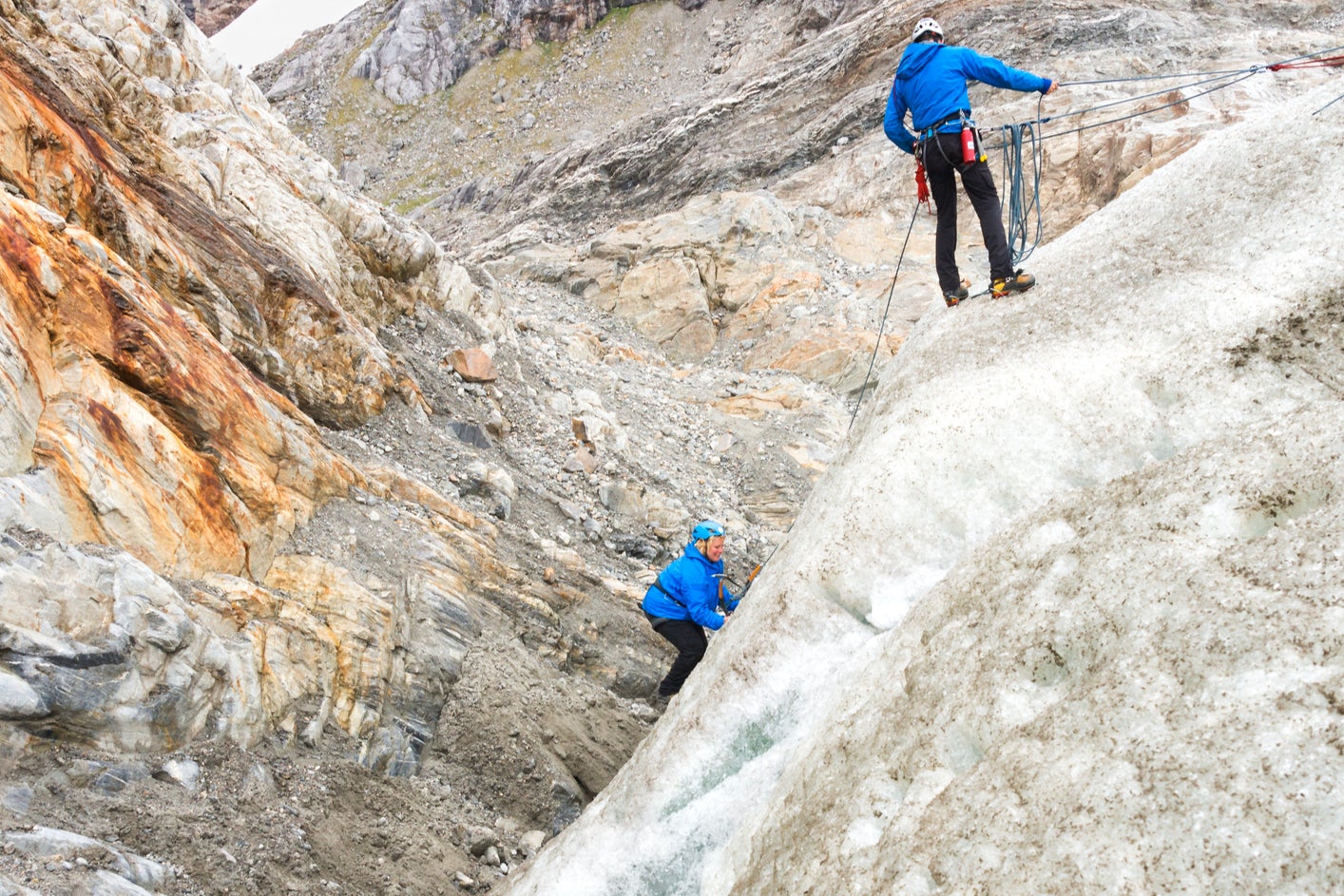
“Ice climbing requires different conditions from good snow,” says Sally. But when ice conditions aren’t great, she might take guests on a via ferrata – which allows you to climb mountains using fixed cables and ladders. When the ice affects routes it can make the climb too challenging. However, non-icy routes can be tackled even by inexperienced climbers with a guide. You’ll need to get used to unclipping your carabiners while gloved up, moving about in a jacket, and be prepared for inclement weather – but what an achievement once you’ve reached the top.
Photography and wildlife
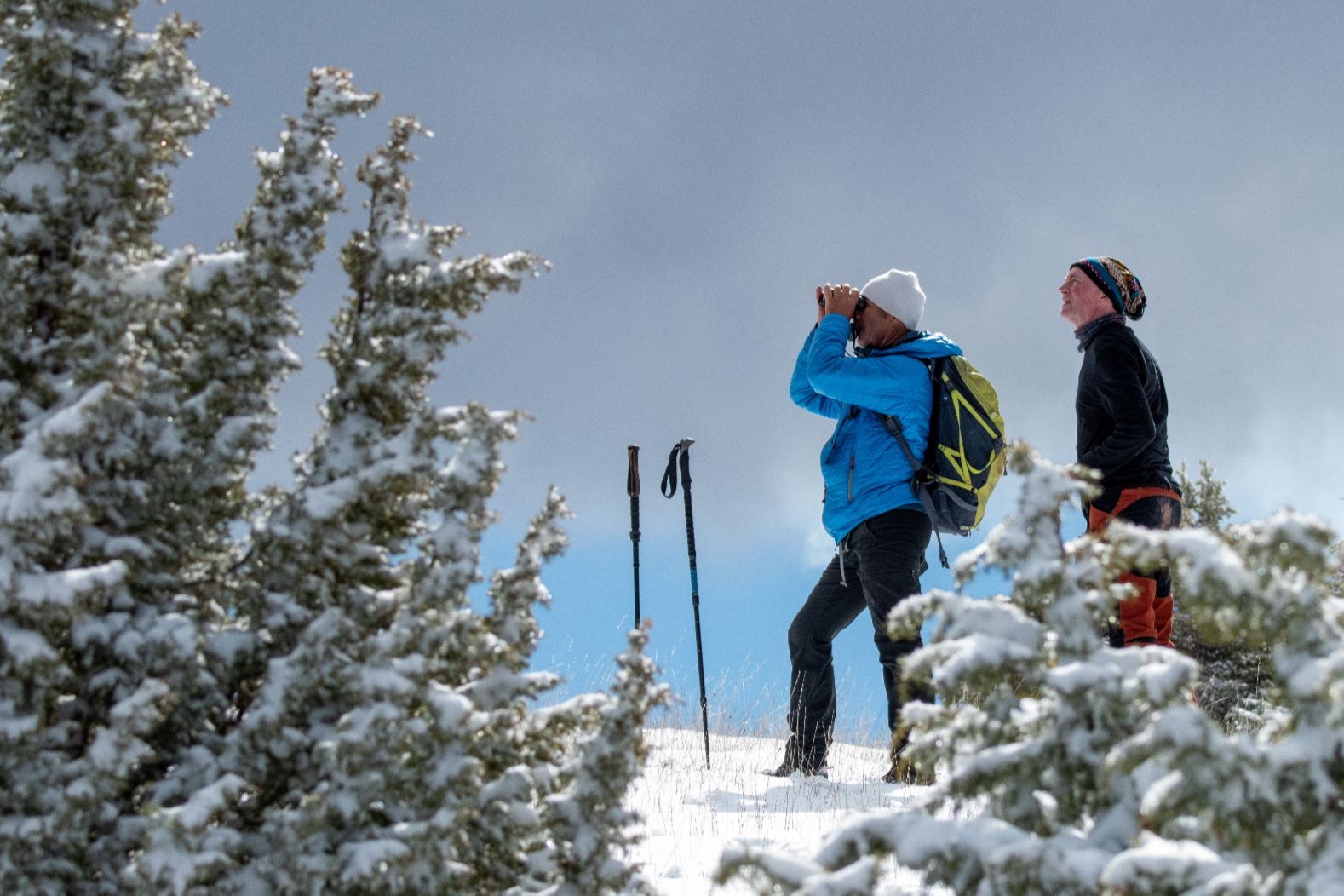
With their habitats flattened and deforested for ski slopes, you won’t see much wildlife while skiing. “If you’re interested in walking in nature you might see more signs of wildlife lower down where they can access food,” says Sally, and that means ditching the snowline. On wolf-tracking holidays – run from a secret location in the French Alps – when you howl, the wolves howl back.
If you don’t like early starts, winter is great for photography holidays, and you can capture the golden hours around sunrise and sunset at civilised times of day. Just grab a polarising filter, and a spare battery (cold temperatures can do a number on your power sources). Ljubljana-based Esenko Workshops run winter photography tours in Slovenia’s Julian Alps, in a bid to promote year-round tourism to areas not often visited in winter.
And if it does snow while you’re out photographing, walking and bathing – well, that’s just the icing on the cake.
Eloise Barker is a writer for Responsible Travel







